Table of Contents
ToggleInfertility in women can be due to many underlying causes, such as blocked fallopian tubes, bulky uterus, and most importantly Adenomyosis. Adenomyosis is a condition found in women in which the tissues that generally line the uterus grow into a muscular wall in the uterus. However, the tissue acts normal in every month’s cycle as it breaks down during every month’s process. However, this problem can lead to painful periods and an enlarged uterus. And can also lead to some complications in pregnancy. Therefore it is essential to get the problem treated in time.
Doctors are not sure of the exact causes causing the problem; however, the pain goes away after menopause. But if it does not go away for many reasons, the doctors can use hormonal treatments, which can be helpful in the condition. Or the removal of the uterus can also help in the state of Adenomyosis.
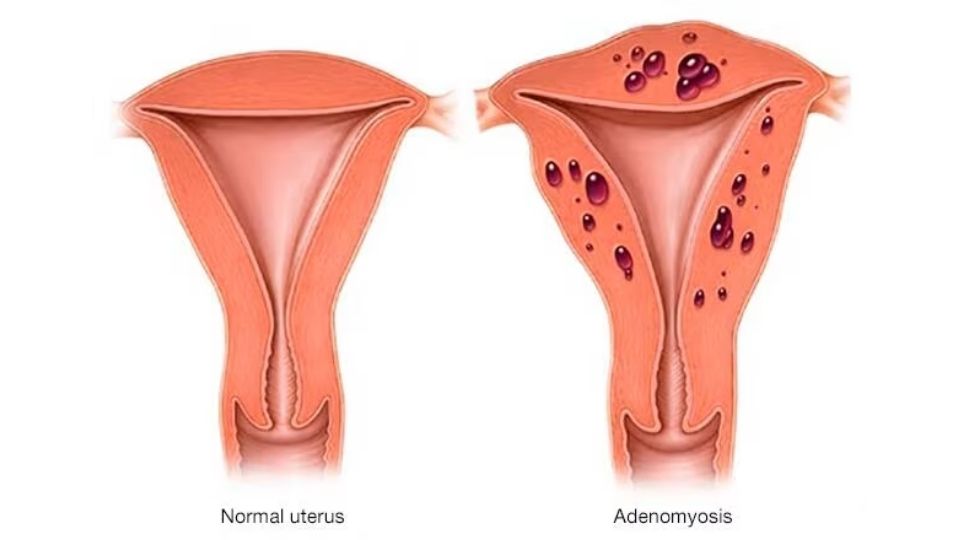
What is Adenomyosis?
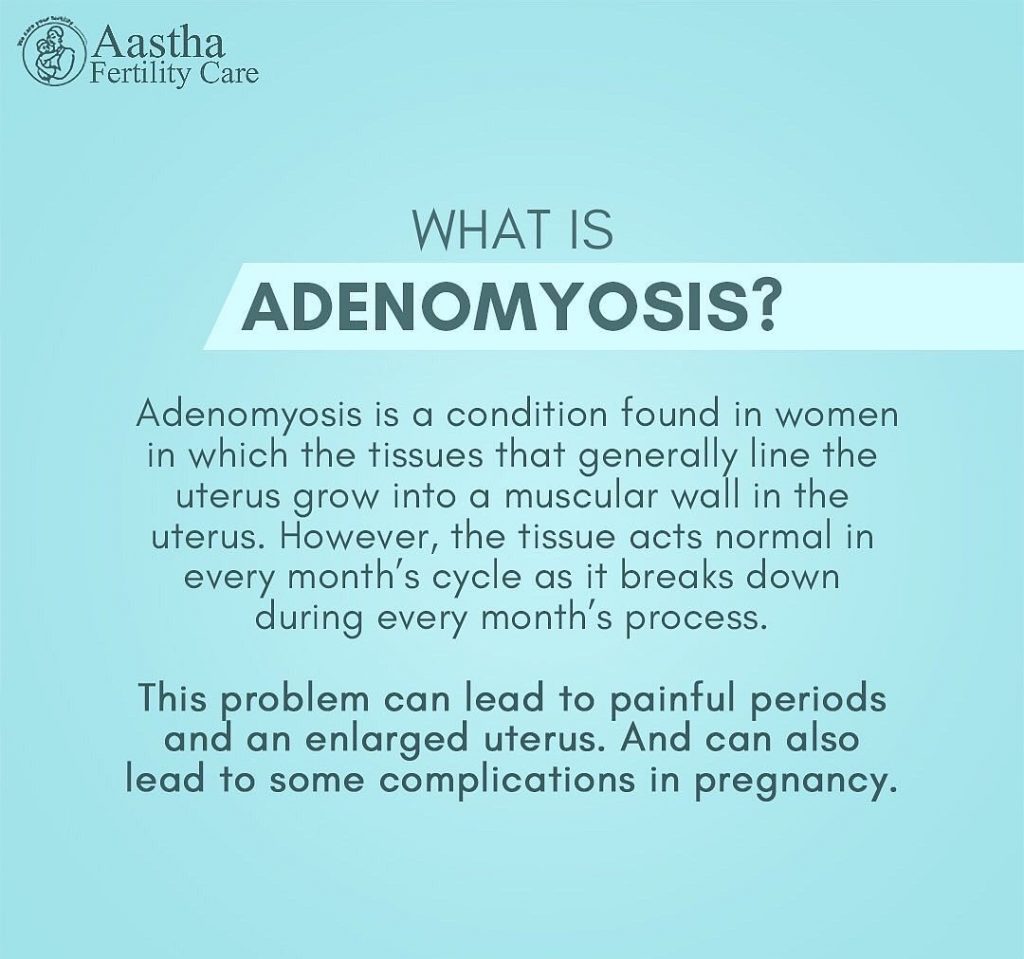
The condition in which the uterus lining forms a tight and stiff wall in the uterus is called Adenomyosis. This can cause many discomfort and pain in women if the problem is not treated in time. It can lead to many complications in pregnancy, including IVF Failures.
Also, this condition of Adenomyosis should be treated well in time; if left untreated, it can lead to complications such as heavy bleeding, which can lead to anaemia and, if severe, may require a blood transfusion. Also, pelvic pain and painful periods can lead to extreme health conditions.
The condition of Adenomyosis is not a life-threatening situation; however, the pain and the bleeding associated with the problem can impact your life significantly in a negative way.
Adenomyosis Symptoms in Females
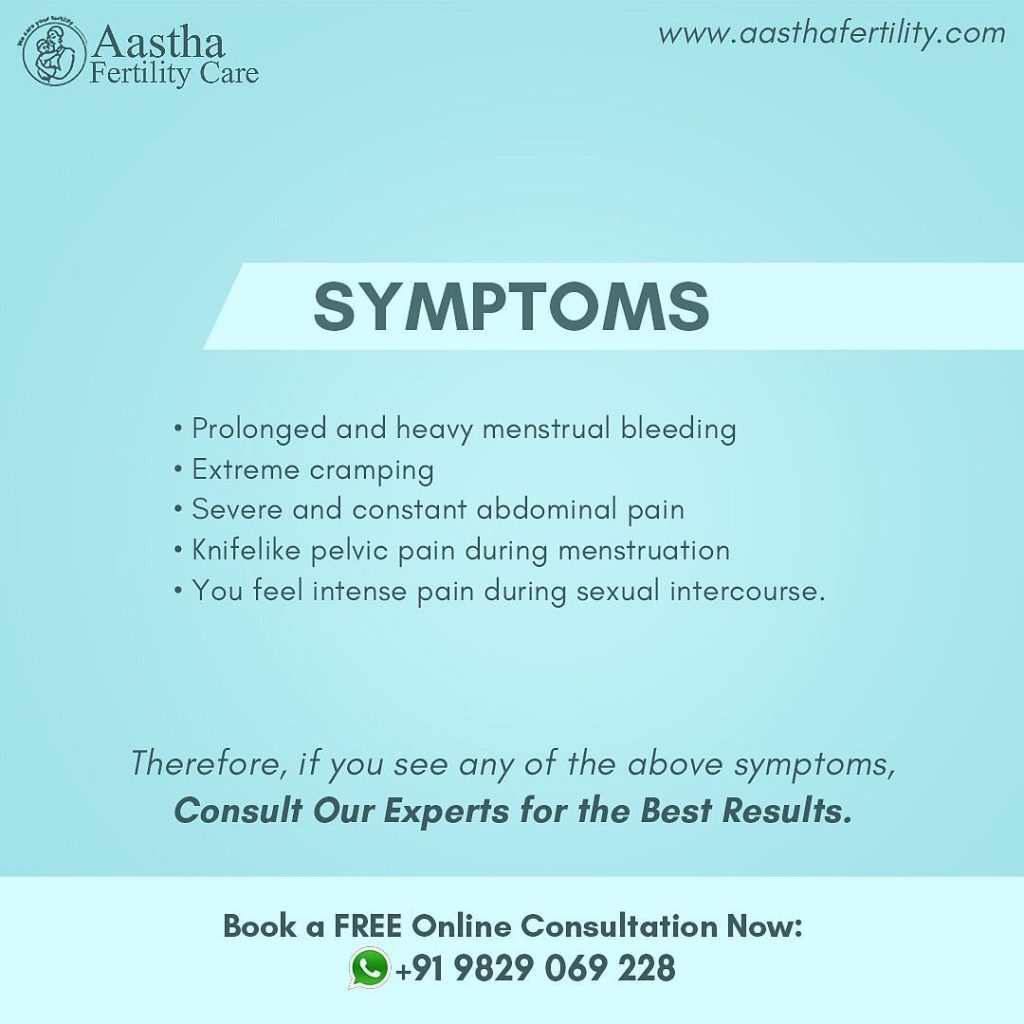
Most of the time, the problem of Adenomyosis has no symptoms or at all; or may have some mild symptoms. Although, some of the Adenomyosis symptoms can be as follows-
- Prolonged and heavy menstrual bleeding.
- Extreme cramping, Stomach pain, or knifelike pelvic pain during menstruation.
- There can be severe and constant pelvic pain in you.
- You feel intense pain during sexual intercourse.
- Infertility
So, if you see any of the above symptoms in you or have severe bleeding or extreme cramping during your cycle that interferes with your regular activities, make an appointment to see your doctor.
Causes of Adenomyosis
Although, the exact causes of the issue are still unknown. But some theories suggest the following reasons can cause the problem of Adenomyosis in women.
- Invasive tissue growth- Sometimes, the uterine incisions that are made during an operation like a C-section; may increase the direct invasion of the endometrial cells into the wall of the uterus. This may cause the condition of Adenomyosis in women.
- Development origins– Sometimes, during the formation of the uterus, endometrial tissue gets deposited in the uterus in females, which is the cause of Adenomyosis in women.
- Uterine inflammation related to childbirth- During the beginning, the inflammation in the uterine lining occurs; this can cause a break in the boundary cells of the uterus, which can cause the problem of Adenomyosis.
- Stem Cells- The bone marrow stem cells might invade the uterine muscle, causing Adenomyosis.
What are the Treatment Options for Adenomyosis in Females
The condition of Adenomyosis; generally goes away after menopause. However, some of the treatment options for the problem areas are following-
1. Anti Inflammatory Drugs– The doctors may give you some medications such as ibuprofen, Advil, Motrin IB. These drugs can reduce menstrual blood flow and help relieve pain. The patient has to take the pills two days before and during the whole cycle.
2. Hormone Medications– Some hormonal medications, such as birth control pills, can relieve women’s pain and heavy bleeding. Also, continuous use of birth control pills often causes amenorrhea — the absence of your menstrual periods — which might provide some relief.
3. Hysterectomy is a surgical process; in which surgery is used to remove your uterus. Also, removing your ovaries isn’t necessary to control Adenomyosis.
4. Food to Avoid– A woman suffering from Adenomyosis; should avoid eating wheat and gluten, dairy, artificial sugar, bananas, alcohol, tea, coffee, and red raspberry leaf/raspberry teas.
5. Exercise – Trying some regular stretching exercises and yoga can help in reducing the tension and the pain in the pelvic region. But make sure you breathe normally throughout and stretch gently to get significant benefits in Adenomyosis.
How Adenomyosis Affects IVF
Suppose a woman going through the condition of Adenomyosis chooses to conceive through the process of IUI or IVF. The success rate of the IVF process can decrease; as it can interfere with the operation of In Vitro Fertilization (IVF) by disrupting implantation. Also, the exact condition happens if a woman goes through the problem of a Bulky uterus. But implanting the egg in a surrogate mother’s uterus can make the process of IVF highly successful for women suffering from Adenomyosis. IVF has high success rates and is highly affordable; IVF treatment cost in India is around 80,000 INR – 1,20,000 INR; per cycle.
Eliminating Adenomyosis before IVF will also help to minimise the side effects of the IVF treatment on a female’s body.
How Adenomyosis Affects IUI
Suppose a woman going through the condition of Adenomyosis chooses to conceive through the IUI procedure. Then hyperplastic muscular tissue can cause increased intrauterine pressure and dysfunctional uterine hyperperistalsis, which can all reduce the success rates of the IUI process. It might also result in pain during IUI treatment.
Adenomyosis and Its Relation to Other Gynecological Conditions
Adenomyosis is directly or indirectly related to many other gynaecological conditions, which are as follows:
Cancer
A few women with Adenomyosis, specifically during the postmenopausal phase, may have greater chances of developing endometrial cancer.
Endometriosis
Symptoms of Endometriosis and Adenomyosis may overlap in women who deal with both conditions. It then becomes challenging to manage the conditions or diagnose them.
Pelvic Inflammatory Disease Or PID
Pelvic Inflammatory Disease, caused by infections due to sexual transmission, is an infection in the reproductive organs of women. If fallopian tubes and uterine cavity are connected because of changes in Adenomyosis, women may have an increased risk of developing Pelvic Inflammatory Disease.
Polycystic Ovary Syndrome Or PCOS
Painful or heavy menstrual periods may occur in women with PCOS, and its co-existence with Adenomyosis may necessitate a comprehensive treatment plan since the symptoms may be exacerbated if both conditions occur together.
Uterine Leiomyomas or Fibroids
Fibroids are uterine muscles’ non-cancerous growths that could develop together with Adenomyosis. The coexistence of these conditions may cause pressure on the pelvic region and organs, which can lead to pain and heavy bleeding during menstrual periods. Adenomyosis may influence the treatment plan for fibroids in women.
Role of Diet and Nutrition Beyond Avoidance
Since Adenomyosis significantly impact the life of women, the role of diet and nutrition is beyond avoidance. Imperative procedures must be implemented to incorporate dietary measures that could boost a healthy lifestyle. Diet and nutrition can minimise the symptoms and effects of Adenomyosis.
Women may include nutritional products in their diets, such as salads, veggies, fruits, berries, milk products, raspberry or orange juice, whole grain cereals, foods abundant in omega-3 fatty acids, protein, and other foods rich in vitamins and minerals.
Aastha Fertility for Adenomyosis Treatment
If you have symptoms and you think you’re going through the conditions of Adenomyosis. Then you should see the highly qualified doctors of Aastha Fertility Care. They also have modern facilities for testing and treating conditions like Adenomyosis. People from all over the world are contacting the hospital to cure their infertility issues and other problems. Also, one of the reasons why the Aastha Fertility care stands out is that Dr. Namita Kotia (IVF Specialist in Jaipur), the head and the owner of the centre, has been honoured on several occasions; for her selfless work in treating infertility.
So, book an online appointment with the hospital; or walk down to the hospital directly. If you need any other information, visit our “Service” section.
FAQs Related to Adenomyosis
1. Can Adenomyosis cure itself?
No, Adenomyosis can only be cured by the treatment of hysterectomy that involves the removal of the uterus by surgery. Female ovaries do not get affected by adenomyosis.
2. What food to avoid if you have adenomyosis?
It is advised to avoid the following food items if you have adenomyosis:
– Wheat and gluten
– Artificial sugar
– Bananas
– Dairy
– And Yeast-based products like tea and alcohol
3. Why is adenomyosis so painful?
Adenomyosis is when uterine tissue develops outside the uterus resulting in severe pelvic pain and infertility. It can also be responsible for abnormal bleeding and infertility.
4. Can adenomyosis affect infertility?
Several studies have shown that adenomyosis may decrease fertility because the condition causes scarring, which interferes with embryo transport and alters the lining of the uterus and endometrial function.
5. How is adenomyosis diagnosed, and are there any early detection methods?
Adenomyosis is diagnosed through Pelvic imaging, including Magnetic resonance imaging (MRI), ultrasound, and uterus examination. Physical examination is the early detection method for diagnosing Adenomyosis, followed by imaging and other methods.
6. Is adenomyosis hereditary?
Adenomyosis could be hereditary and may impact many members of a single family.
7. How does adenomyosis differ from endometriosis?
The area where the tissue grows is the primary difference between Adenomyosis and Endometriosis. The growth of Endometrial tissues is outside of the uterine area, including fallopian tubes or ovaries, and in Adenomyosis, the tissues are into the uterine muscles.
8. Are there any non-surgical treatments available for adenomyosis?
The non-surgical treatment for adenomyosis is through Uterine artery embolization, or UAE.
9. How does adenomyosis impact menstrual cycles beyond pain and heavy bleeding?
Adenomyosis impacts menstrual cycles beyond pain and heavy bleeding due to the displacement of the tissue that could build blood pockets in the uterine wall and damage blood vessels.
10. Are there any lifestyle changes or home remedies that can help manage adenomyosis symptoms?
Consuming ginger, magnesium, turmeric, and other ingredients can reduce pain, inflammation, and other symptoms of Adenomyosis. Heat therapy, stress reduction techniques, dietary modifications, physical activities, and certain other lifestyle changes can greatly minimise the effects and symptoms of Adenomyosis.
11. How often should one get screened for adenomyosis if they have symptoms or a family history?
One must get screened immediately for adenomyosis if they have symptoms, and people with a family history must get it examined when some gynaecological issues are experienced or as advised by the specialist.
12. Is there an emotional and psychological impact of Adenomyosis?
Adenomyosis may emotionally and psychologically impact women, and they have increased chances of developing depression, irritation, and anxiety. Such women don’t have enough pain tolerance as their response to the treatment is worse. Their symptoms may worsen due to minimum satisfaction and tolerance power. Women may have poor concentration as the disorder significantly affects their mood.
13. What are the Long-term Implications of Living with Adenomyosis?
The long-term implications of living with Adenomyosis include increased pelvic pain, dyspareunia, and dysmenorrhea. Women also have more symptoms specifically associated with Adenomyosis and may also have reduced uterine weights. It is a silent yet progressive disease and necessitates immediate medical intervention. Women may also experience prolapse of pelvic organs, infertility, and many other medicinal and gynaecological disorders.


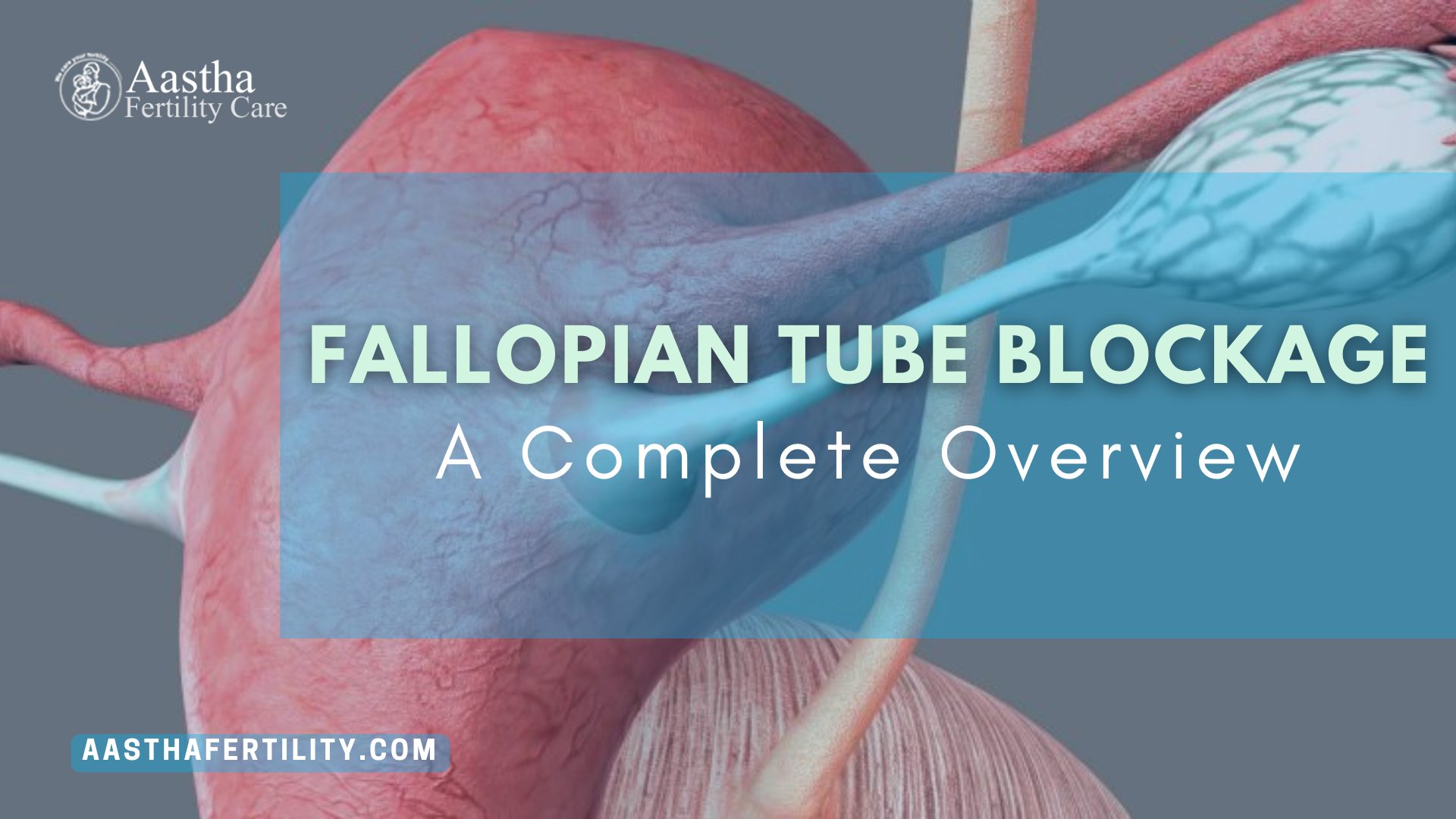
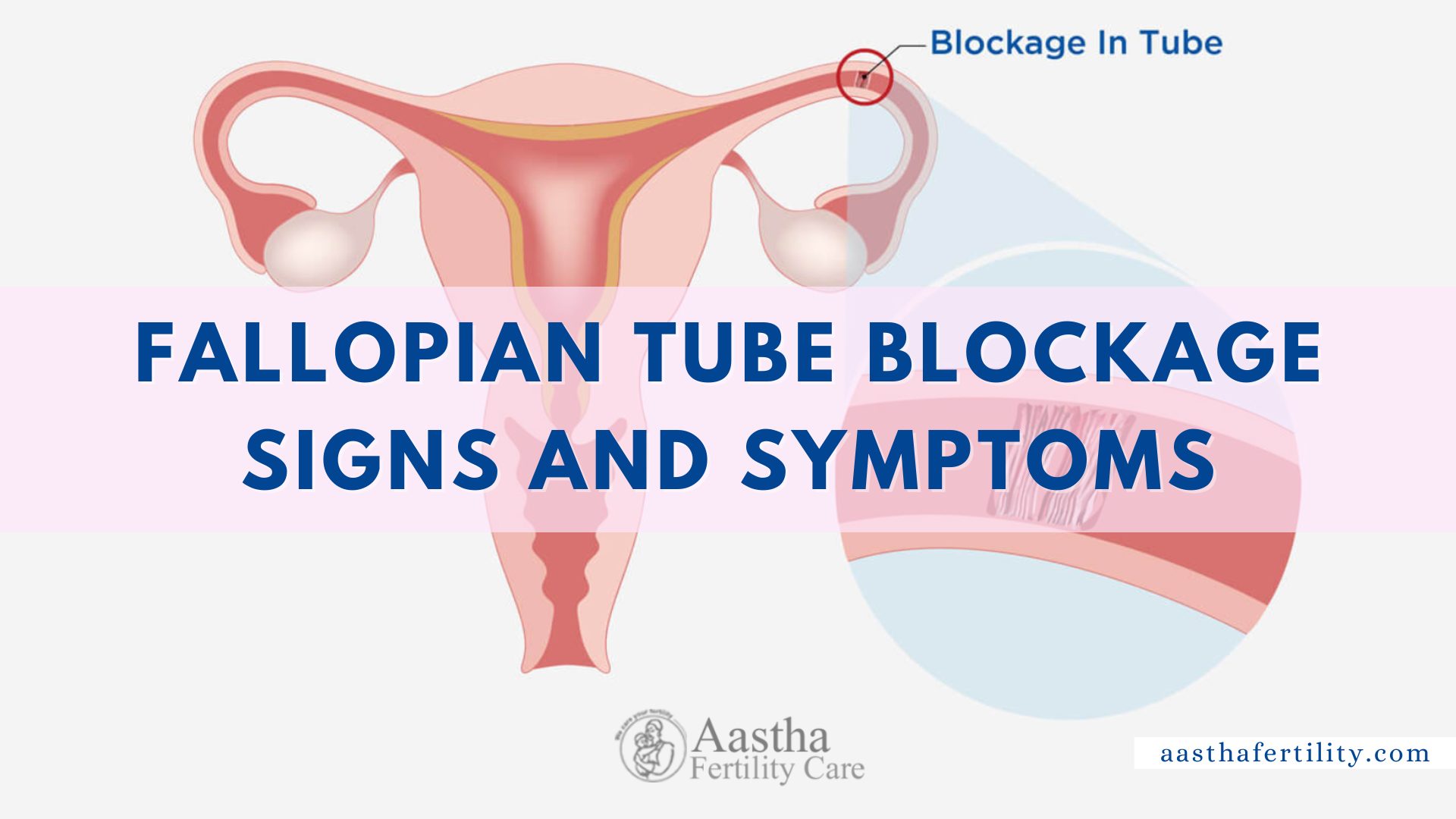

Leave a comment